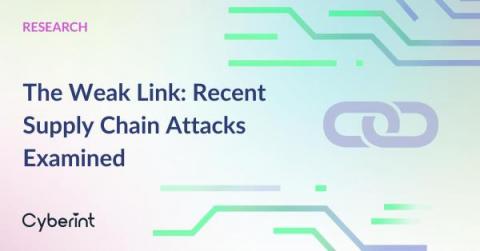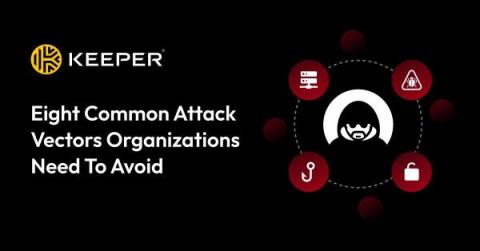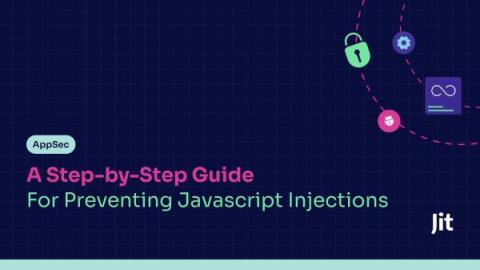Tracing history: The generative AI revolution in SIEM
The cybersecurity domain mirrors the physical space, with the security operations center (SOC) acting as your digital police department. Cybersecurity analysts are like the police, working to deter cybercriminals from attempting attacks on their organization or stopping them in their tracks if they try it. When an attack occurs, incident responders, akin to digital detectives, piece together clues from many different sources to determine the order and details of events before building a remediation plan.











